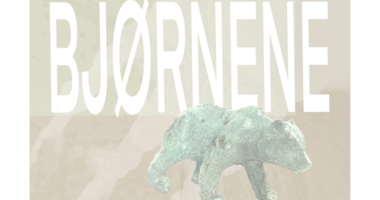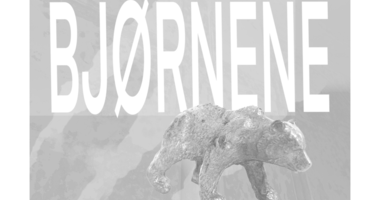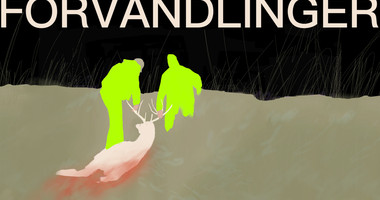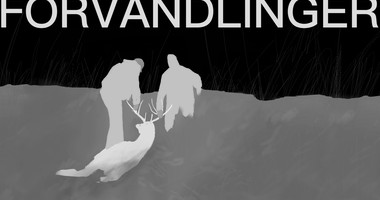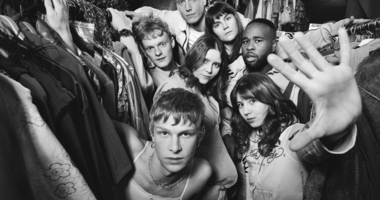In a Common Dance
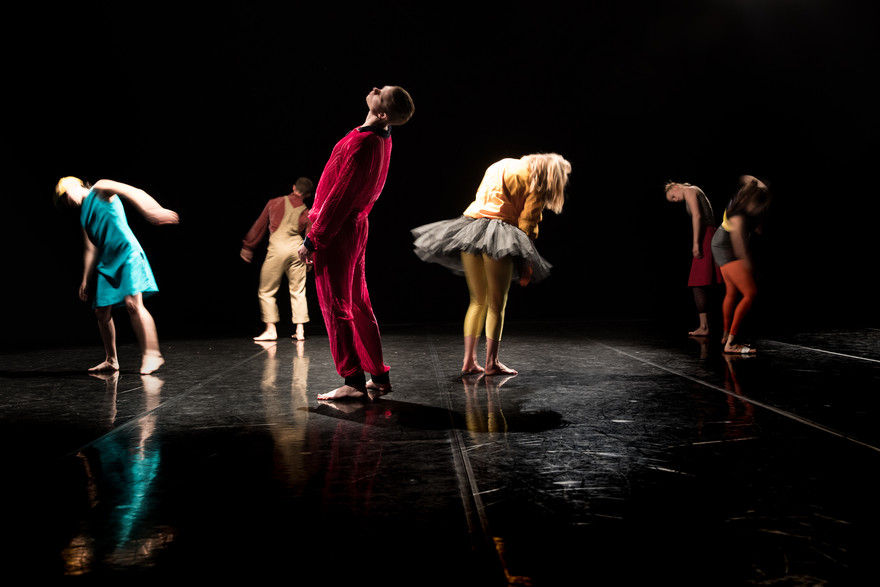
In a Common Dance continues Samuel Feldhandler's endeavour of emancipating dance from its historic relationship with music by analysing and making his own the latter's mechanisms.
While remaining a choreographic gesture at its core, In a Common Dance borrows its formal structure and developmental approach from the musical form of the symphony. Like many classical music symphonies, the piece is composed of three distinct parts: a moderate Allegro, followed by a slow Adagio and a lively Vivace.
Together with the students of the BA in Dance and Choreography, Feldhandler defines a specific performativity in relation to a common phrasing and to an unfolding of the performance in time together.
The Danish National School of Performing Arts is subject to the guidelines for cultural events with seated audiences.
As prescribed in the guidelines there will be a minimum distance of 1 metre between the audience measured from the middle of the seat, and there will be a focus on limiting the contact between the audience on arrival and departure. There will be no service at performances at the school.
In order to meet the requirements for distance and hygiene, there is only a very limited number of seats for each performance.
AS A MEMBER OF THE AUDIENCE AND A GUEST AT THE SCHOOL, WE STRONGLY ENCOURAGE YOU:
- not to show up if you have symptoms of COVID-19 (and cancel your seat).
- to exercise great caution if you are at risk of suffering critical illness due to COVID-19
- to generally comply with the health authorities' recommendations on proper hygiene and appropriate behaviour
